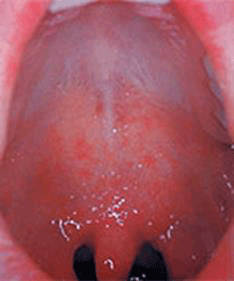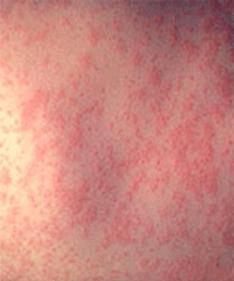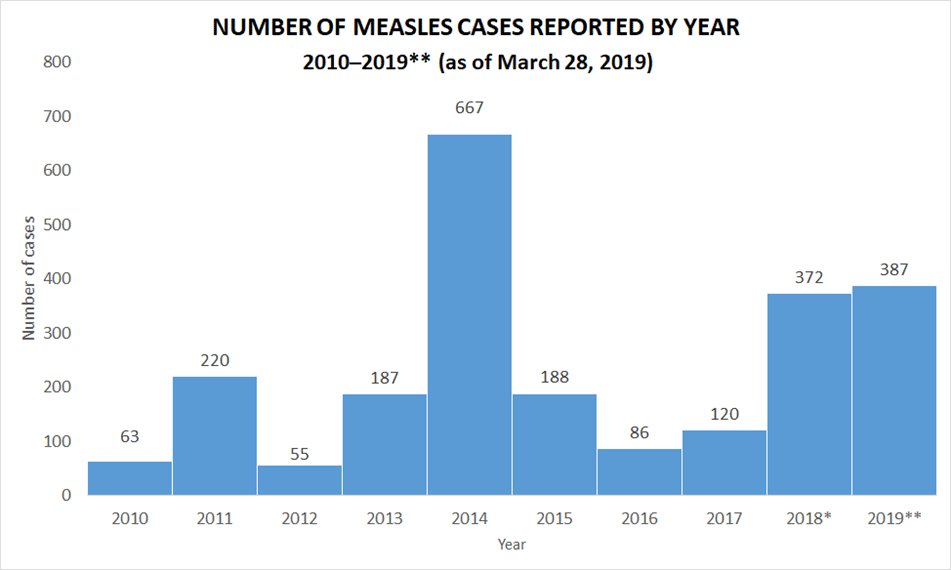Joseph R. Anticaglia MD
Medical Advisory Board
Someone said, it seems like “deja vu, all over again” for measles. The Center for Disease Control and Prevention, CDC, has confirmed 387 individual cases of measles in 15 states from January 1 to March 28, 2019. What is the reason or reasons for the current measles’ outbreak?”
In 2000, health officials declared measles (rubeola) was eliminated in the United States. Four years later, health official said the same thing for German measles (rubella).
Measles and Rubella are different viral infections that both cause a rash, runny nose, discomfort, lack of energy and a reduction of white blood cells. Measles characteristically has Koplik spots, “tiny salt crystals” that appear on the mucous membranes inside of the mouth and other areas.


Rubella is a relatively innocuous sickness for most patients. However, it’s dangerous for pregnant women not vaccinated against rubella or who never had rubella, since they are susceptible to infecting the fetus with rubella. In these instances, rubella can result in devastating fetal malformations and crippling handicaps.
In contrast, measles infection during pregnancy has not been associated with congenital malformations.
Pre Vaccination Program
In the U.S., before the advent of the rubella vaccination program in 1969, pregnant women who contracted rubella were at risk for miscarriage or stillbirth. The fetuses, especially in the first trimester, were at risk for severe birth defects called Congenital Rubella Syndrome (CRS).
According to the CDC, the last major rubella epidemic in the United States from 1964 to 1965, an estimated 12.5 million people got rubella, 11,000 pregnant women lost their babies, 2,100 newborns died, and 20,000 babies were born with CRS.
Post Vaccination Program
The number of rubella cases in the United States dropped dramatically once the rubella vaccine became widely available. More recently:

Vaccination-Prevention
The alarming increase in the number of measles cases reported in the first quarter of 2019 has energized health officials to encourage certain populations to immunize their children and themselves when necessary.
It’s recommended in the U.S. that children receive their first traditional vaccine dose of mumps, measles and rubella (MMR) at 12-15 months and the second at age 4-6 years, prior to entering school.
Health officials in New York and New Jersey traced the outbreak in these states to unvaccinated residents travelling to Israel, where that country reported 2700 cases of measles and two deaths in 2018.
The takeaway – it’s advisable to have your children vaccinated with the MMR vaccine. Recent clusters of measles’ outbreaks have been associated with unvaccinated persons being exposed to the highly contagious measles virus in foreign countries and returning to the U.S. with the disease.
Reference
- Rosa C; Rubella and Rubeola; MeSemin Perinatol. Aug 22, 1998
- CDC; Rubella and Pregnancy, Sept. 15, 2017
- New York State Dept of Health; Measles; Jan 2019
- CDC; Measles History; Feb 5, 2018
- National Foundation for Infectious Diseases; Measles
- CDC; Rubella in the United States; Sept 15, 2017
- CDC; Measles, Fact Sheet for Parents, Aug 14 2015
This article is intended solely as a learning experience. Please consult your physician for diagnostic and treatment options.

